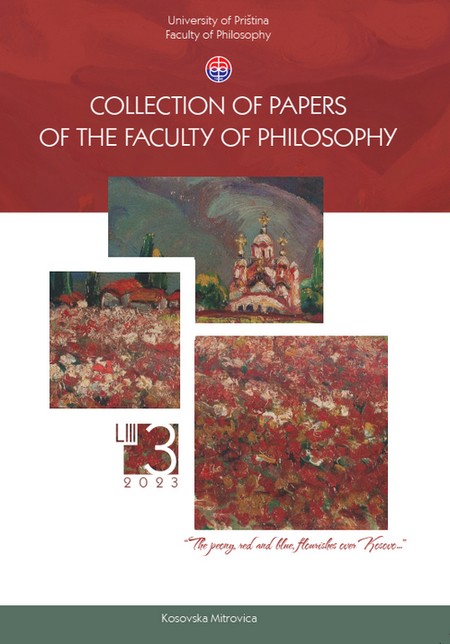Artistic Exchange Between Bologna, Padua, Venice and the Byzantine-Balkan East: Fragments of the Passion Cycle in the Church in Vedrana (Bologna)
Artistic Exchange Between Bologna, Padua, Venice and the Byzantine-Balkan East: Fragments of the Passion Cycle in the Church in Vedrana (Bologna)
Author(s): Rosa D'Amico, Sanja PajićSubject(s): History of Art
Published by: Филозофски факултет, Универзитет у Приштини
Keywords: 13th-century painting; Bologna; Padua; Venice; Byzantine art; Serbian art; Italian art.
Summary/Abstract: The church of the Santa Maria Annunziata in the village of Vedrana, near Bologna, is situated along the medieval road that connects Bologna with Ferrara, Padua, and Venice. Between 2008 and 2010, fragments of frescoes, dating from the second half of the 13th century, were uncovered in the church. In these frescoes, which originally adorned the upper parts of the central nave walls until the 18th-century reconstructions, decorative elements, busts of the apostles in the scene of the Last Supper, remnants of the figures of Christ and Judas, along with several soldiers in the Betrayal of Judas scene were identified. Early researchers noted that the frescoes exhibit a stronger influence from the Veneto region, particularly the Paduan culture, rather than the influences of the art of nearby Venice. However, these frescoes also display notable influences of Byzantine art from the region of the Balkan Peninsula, received directly or through Venice.
Journal: Зборник радова Филозофског факултета у Приштини
- Issue Year: 53/2023
- Issue No: 3
- Page Range: 213-226
- Page Count: 14
- Language: English

